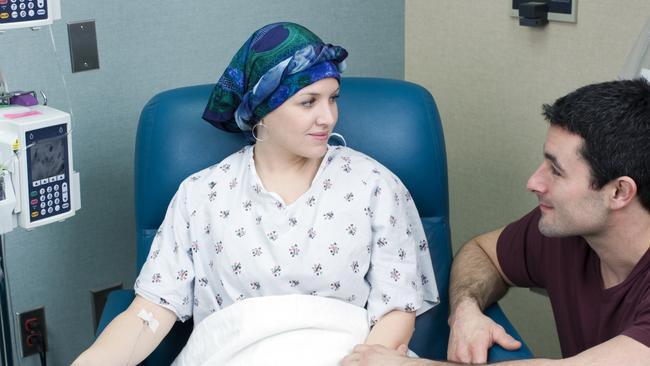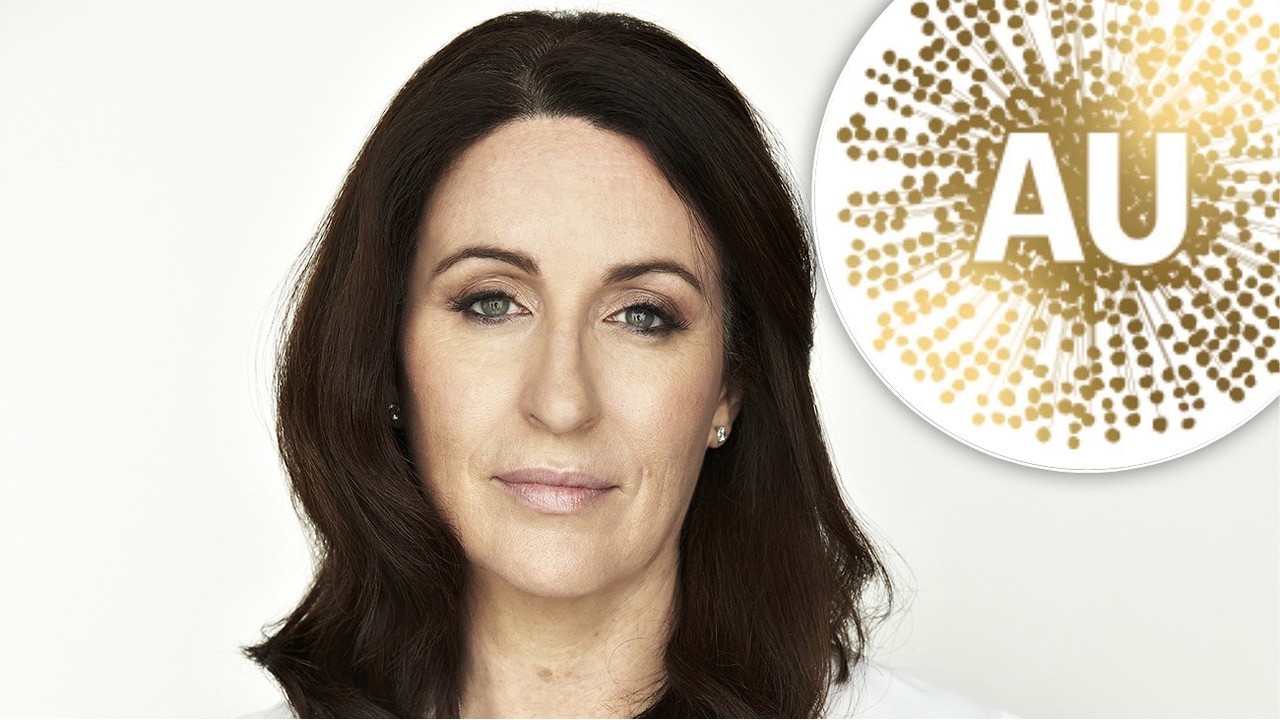Why I’m fighting to save the fertility of children with cancer
For young people going through cancer treatment, fertility preservation represents the hope of a healthy future. But it is still something many miss out on. Now we finally have a solution, writes Kate Stern.
Rendezview
Don't miss out on the headlines from Rendezview. Followed categories will be added to My News.
When a patient is told they have a cancer diagnosis, their first question is likely to be ‘am I going to survive this?’
For our younger patients (and by ‘younger’ I mean ‘of reproductive age’), around 85 per cent of the time the answer will be: ‘Yes’.
And then, almost straight away, the patient’s focus shifts from survival to navigation — getting through an exhausting treatment regime of chemotherapy, radiotherapy, surgery and more, much of which takes a heavy toll on the body, including the ovaries and testes.
While fertility isn’t normally front of mind for very young patients, as a fertility specialist of over 20 years, I can say that it certainly is for their families.

Cancer specialists are often asked about long-term fertility by parents who have read about the side-effects of treatment and are, understandably, extremely concerned for their child’s future.
But what was once a desperate conversation with patients and their families years ago, is now a co-ordinated service with a team of professionals offering proactive fertility counselling, preservation services and, if needed, grafting.
I talk to patients and their families about preservation options, including the fact that it may not actually be needed down the track, the potential risks or worse, the fact that it may not work. It’s rare for patients to decline the opportunity.
RELATED: Nothing prepared me for the experience of freezing my eggs
For many patients, fertility preservation means keeping their options open. For others, it provides a glimmer of hope during a very bleak time, when it’s hard to even think about feeling fit and well again.
This proactive approach to fertility preservation — offering a co-ordinated fertility preservation service — is now seen as standard practice and it is mandated by international guidelines.
But despite this, it’s something a lot of young people still miss out on.
At the Royal Women’s Hospital, working with Melbourne IVF, we have extracted, cryopreserved and stored the reproductive tissue of more than 750 patients since the service started in 1995 — 36 per cent of those patients have been under the age of 16. And while this sounds extra-curricular for a public hospital, we have been able to excel in this area because we work closely with other Melbourne hospitals — like the Royal Children’s Hospital and Peter MacCallum Cancer Centre.

The partnerships with our neighbouring hospitals work well. Patients who live in Melbourne can benefit from our support and services, but it doesn’t help patients who live rurally or regionally.
We’re up against two major challenges when it comes to providing these services further afield. One is how we educate medical specialists, particularly cancer specialists in regional Australia, about the rapidly progressing field of oncofertility and the exciting and realistic options for young cancer patients. The other is how we physically provide the best possible options for patients, regardless of where they live.
Hoping to tackle this problem is the National Ovarian and Testicular Tissue Transport and Cryopreservation Service (NOTTCS) — a service I’ll announce as ‘open for business’ at the Fertility Society of Australia Conference.
Funded by the Sony Foundation and co-ordinated at the Royal Women’s Hospital, the service will focus on working with medical professionals, Australia-wide, to provide fertility preservation.
RELATED: Motherhood a precious gift many can’t afford
It will give access to state-of-the-art fertility preservation to patients who might have thought that it’s the end of the road for their fertility.
Collaborating nationally will not only mean better and more co-ordinated access for patients, it also allows us to collect data. Data, for people like me, is like gold.
The Oncofertility Register, created by teen cancer specialist Dr Antoinette Anazado, will inform best practice and help us make the case for more funding for what is a fairly niche area of medicine.
This program presents massive opportunities for clinical practice and research, and the learnings will help the whole world of fertility medicine.
But the biggest opportunity lies with our cancer patients. For them, fertility preservation represents optimism. It says that their doctors are confident about their future, a future where they are healthy and can have a family.
For our inspiring cancer patients, that is the strongest motivation I can imagine.
Associate Professor Kate Stern is the Acting Head of Reproductive Services at the Royal Women’s Hospital and has been a fertility specialist, gynaecologist and reproductive endocrinologist for over 20 years. Kate launches the National Ovarian and Testicular tissue Transport and Cryopreservation Service at the Fertility Society of Australia’s annual conference in Hobart on September 16.


